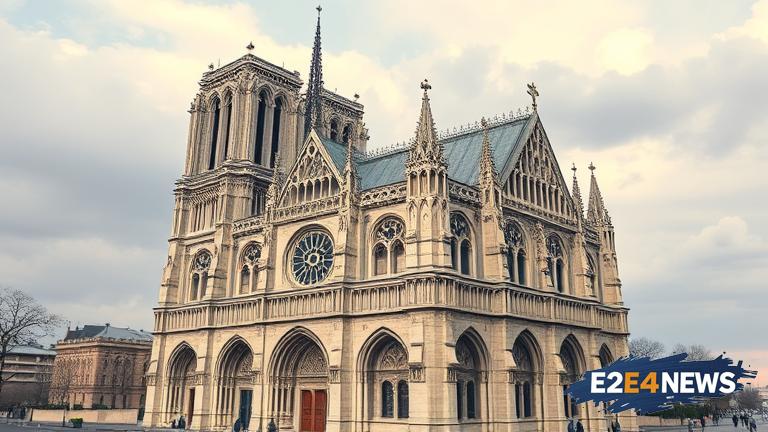Microsoft has successfully created a digital replica of the iconic Notre Dame Cathedral in Paris, France, as part of its efforts to preserve cultural heritage sites. The digital twin was built using advanced technologies such as 3D scanning, artificial intelligence, and machine learning. The project was undertaken in collaboration with the French government and the cathedral’s administration. The digital replica is a highly detailed and accurate representation of the cathedral, including its architecture, artwork, and other historical features. The digital twin can be used for a variety of purposes, including preservation, education, and tourism. It can also serve as a tool for historians, architects, and restorers to study and analyze the cathedral’s structure and design. The project involved the use of advanced scanning technologies, including laser scanning and photogrammetry, to capture detailed images of the cathedral’s interior and exterior. The data collected was then used to create a highly accurate 3D model of the cathedral, which can be viewed and interacted with in virtual reality. The digital twin also includes detailed information about the cathedral’s history, architecture, and artwork, making it a valuable resource for researchers and scholars. The project is part of Microsoft’s broader efforts to use technology to preserve cultural heritage sites around the world. The company has previously worked on similar projects, including the creation of digital twins of other historic sites and monuments. The digital twin of Notre Dame Cathedral is a significant achievement and demonstrates the potential of technology to preserve and promote cultural heritage. The project has also highlighted the importance of collaboration between technology companies, governments, and cultural institutions to preserve and protect cultural heritage sites. The digital twin can also be used to enhance the visitor experience, providing tourists with a more immersive and interactive experience. Additionally, the digital twin can be used to support restoration and conservation efforts, by providing a detailed and accurate record of the cathedral’s structure and design. The project has been widely praised by cultural heritage experts and historians, who see it as a major breakthrough in the field of cultural preservation. The digital twin of Notre Dame Cathedral is a testament to the power of technology to preserve and promote cultural heritage, and it is likely to serve as a model for similar projects in the future.
